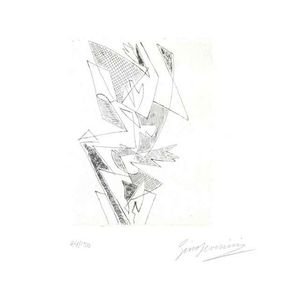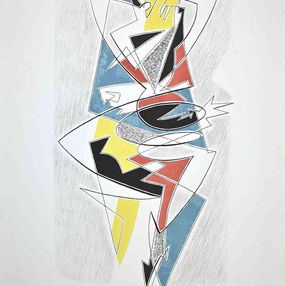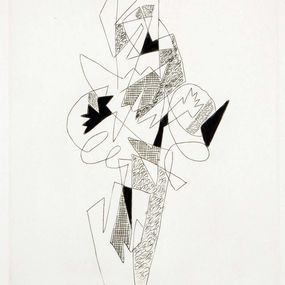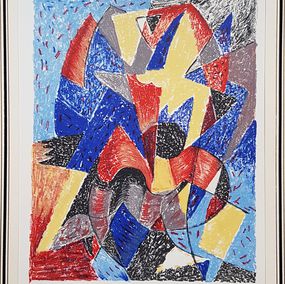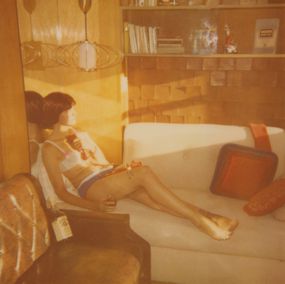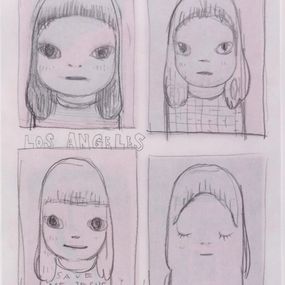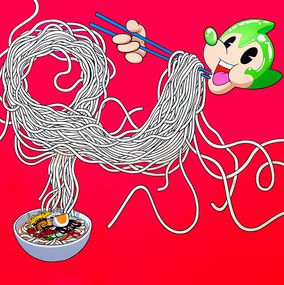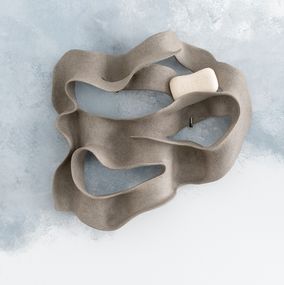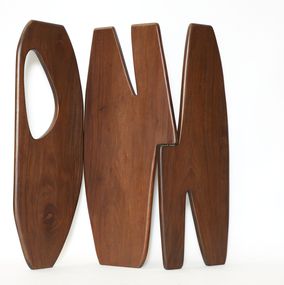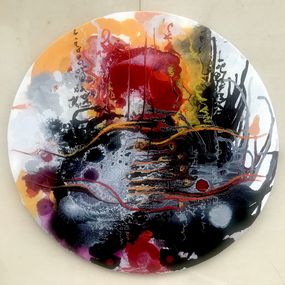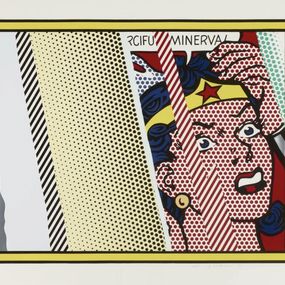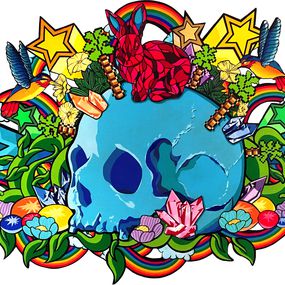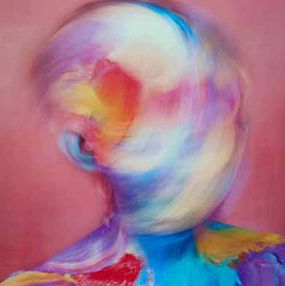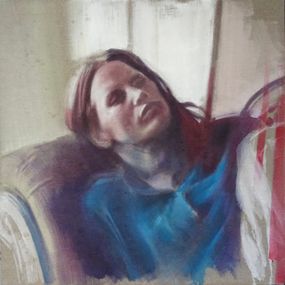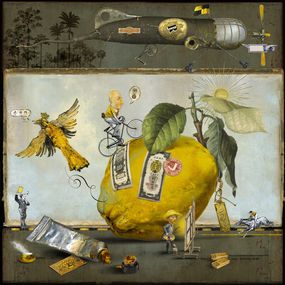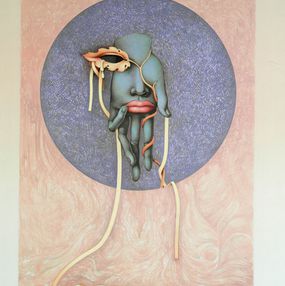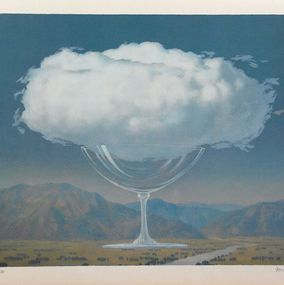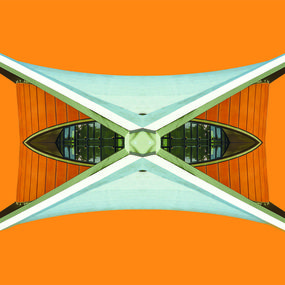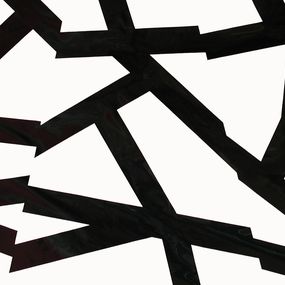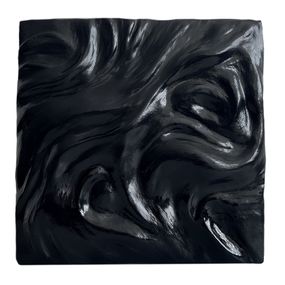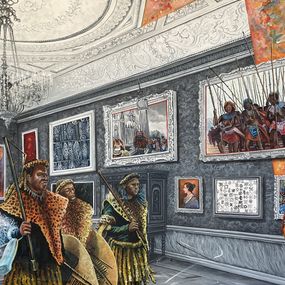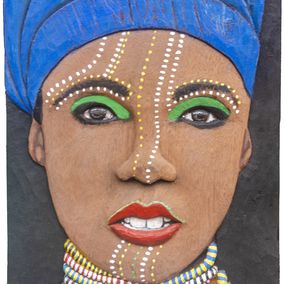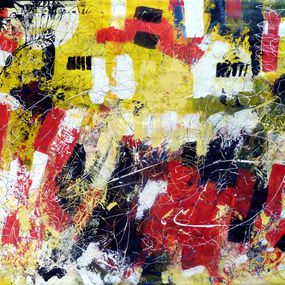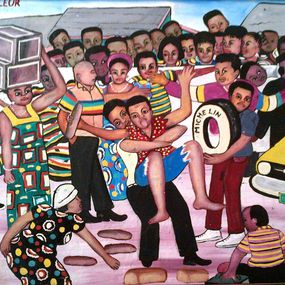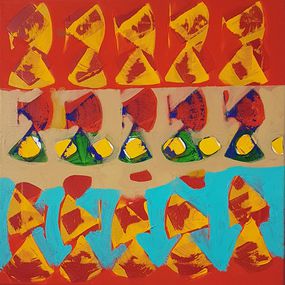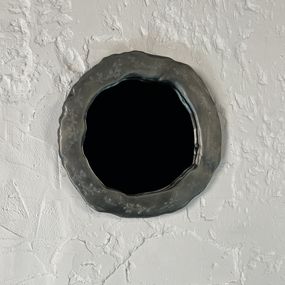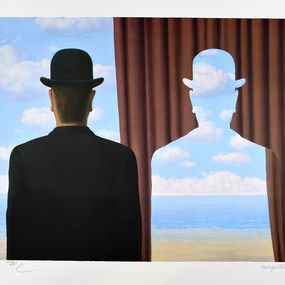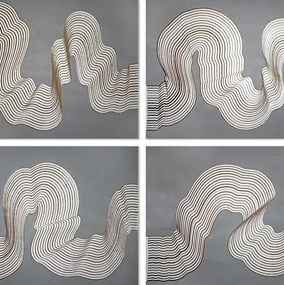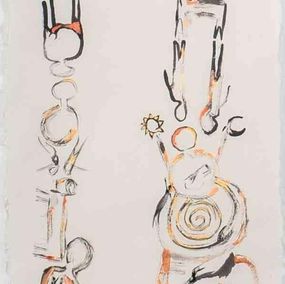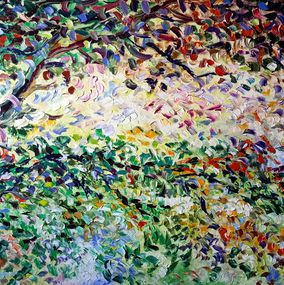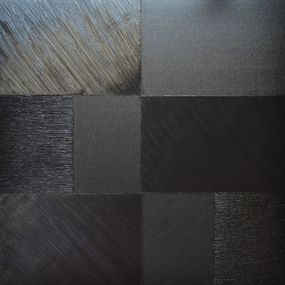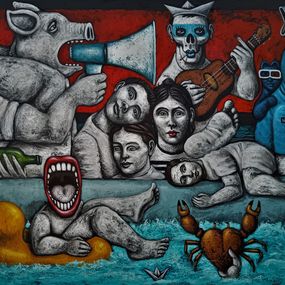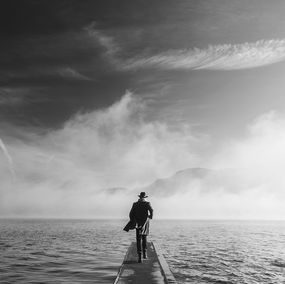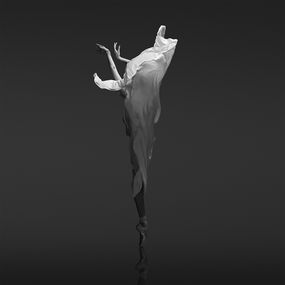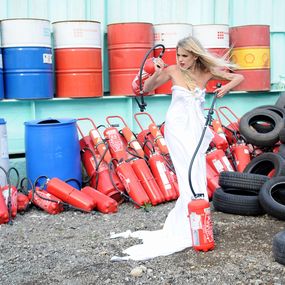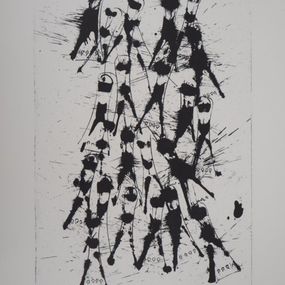
Grande Natura Morta Circolare con Bottiglia e Tre Oggetti
Giorgio Morandi
Print - 35 x 52 x 0.2 cm Print - 13.8 x 20.5 x 0.1 inch
$70,815
Started in Italy in 1909, Futurism was pioneered by the mesmerizing Marinetti and his Futurist Manifesto. The poet promoted technical advancements, and encouraged creatives and intellects to abandon conservative values in a variety of art forms including literature, painting, architecture, music, theatre and even food. Evolution and modernity are the two key elements to Futurism, and as the name suggests, the Futurists embraced the machine age and abandoned traditional approaches to art. The Futurists created a vision of the future through their works; where landscapes were transformed into urban jungles inhabited by flourishing new technologies such as trains, cars and aeroplanes. This infatuation with new technologies was reciprocated in the Futurists' use of such services to disseminate their political ideologies. Mass media allowed the Italian Futurists to propagate their fiercely patriotic values and publicise their penchant for violence.
The concept of motion was a key aspect for Futurists such as Umberto Boccioni, Giacomo Balla, Carlo Carrà and Gino Severini, who would convey speed through obscurity, repetition or using lines of force. Through figurative art, these artists sought to capture the frenzy of modern life and dynamism of developing cities. Lines of force were initiated by Cubism and became a defining feature of Futurism. Vivid colours, splintered subjects and meticulous yet energetic brushstrokes, filled turbulent, angry compositions; even the critics embodied Futurist values as artists were met with both fierce praise and furious criticism.
Umberto Boccioni: Whilst Filippo Tommaso Marinetti was the spearhead of the movement Boccioni was the artistic leader. Marinetti's influence can clearly be felt when Boccioni wrote Manifesto of Futurist Painters, which praised the world's transformation due to science.
Giacomo Balla: Italian painter, teacher and poet, Balla captured light, speed and motion in his paintings. His 1912 painting Dynamism of a Dog on a Leash, additionally explores the passage of time through the motion of a dachshund on a lead. Influenced by chronophotographic portrayals of animals in movement, Balla blurs and repeats the dachshund's legs- imitating the mechanics of chronophotography.
Carlo Carrà: anarchist and painter, Carrà was a key figure of the Futurist movement, signing the The Manifesto of Futurist Painters which demanded support of art's portrayal of state ideology. His best known Futurist work is The Funeral of the Anarchist Galli, which was completed in 1911.
Joseph Stella: American Painter who was responsible for introducing Futurism to the USA, and the New York art scene in particular. Hs first Futurist work was Battle of Lights, Coney Island, Mardi Gras (1913-14), which paints a visual vocabulary of Coney Island's bustling sounds and atmosphere.
Gino Severini: Italian painter who met Boccioni in 1900, and also co-signed The Manifesto of Futurist Painters. However, unlike his co-signatories, he preferred to convey motion through dance as opposed to technology.
Luigi Russolo: author of The Art of Noises, Russolo was one of the first noise artists and was also a painter, composer and builder of musical instruments.
You'll almost feel the wind rush by you, as you explore our selection of Futurism-inspired contemporary artists. Whether it's Bé Hindricks' hazy subjects, Maria Luisa Azzini's dancing colours or Lucio Forte's otherworldly depictions, your interior will be transformed into a supersonic time machine.

Print - 35 x 52 x 0.2 cm Print - 13.8 x 20.5 x 0.1 inch
$70,815

Print - 32.8 x 36.9 x 0.1 cm Print - 12.9 x 14.5 x 0 inch
$44,259

Print - 90 x 61.5 cm Print - 35.4 x 24.2 inch
$1,427

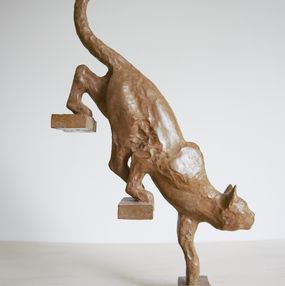
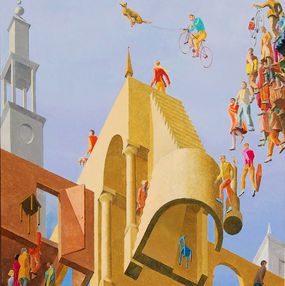
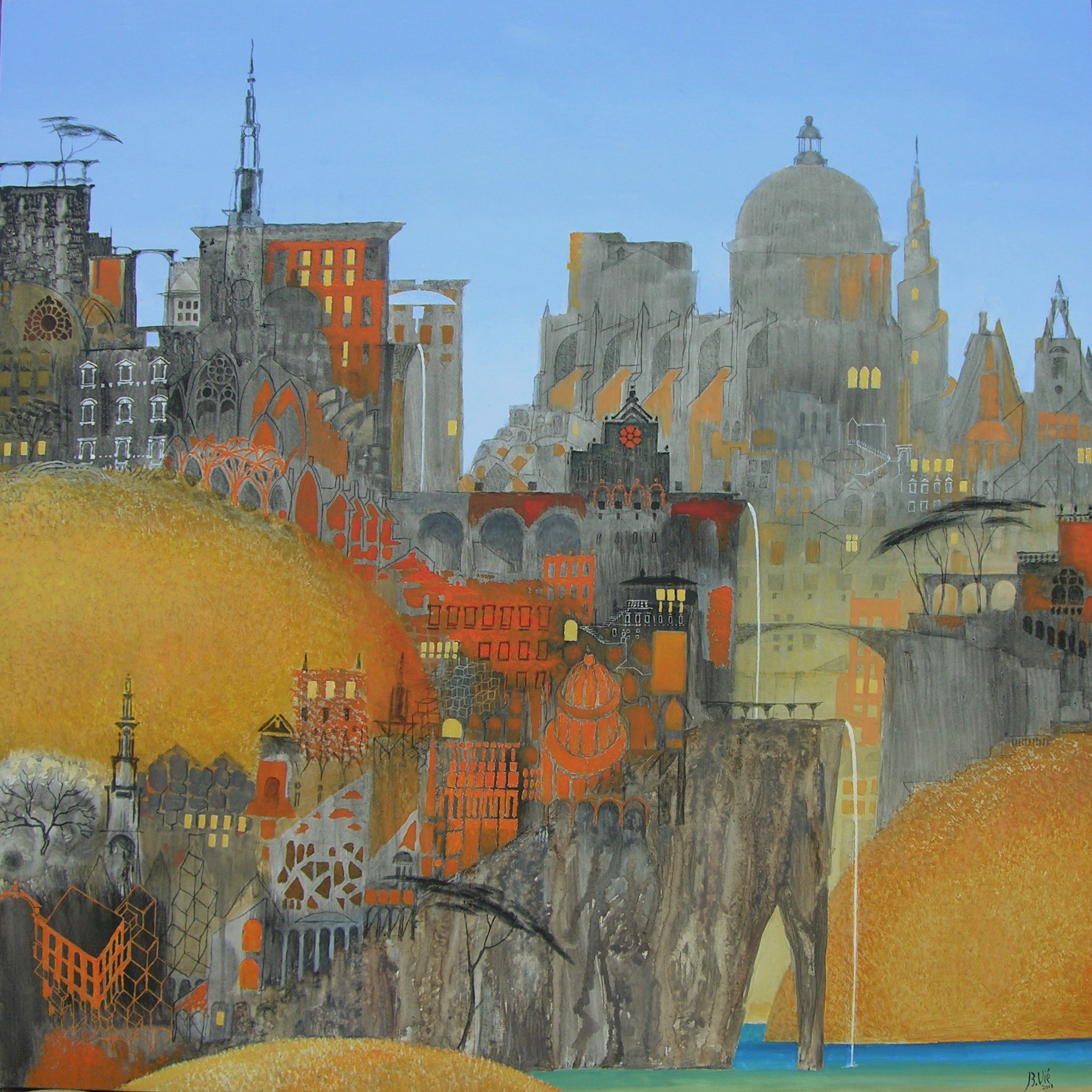
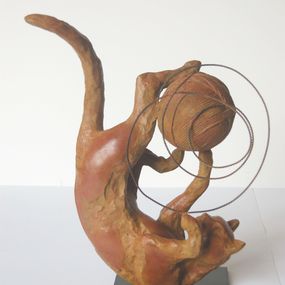
Sculpture - 37 x 25 x 10 cm Sculpture - 14.6 x 9.8 x 3.9 inch
$4,869









Sculpture - 55 x 78 x 8 cm Sculpture - 21.7 x 30.7 x 3.1 inch
Sold

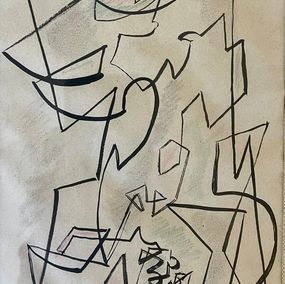
Fine Art Drawings - 20 x 13 x 0.2 cm Fine Art Drawings - 7.9 x 5.1 x 0.1 inch
$11,618
